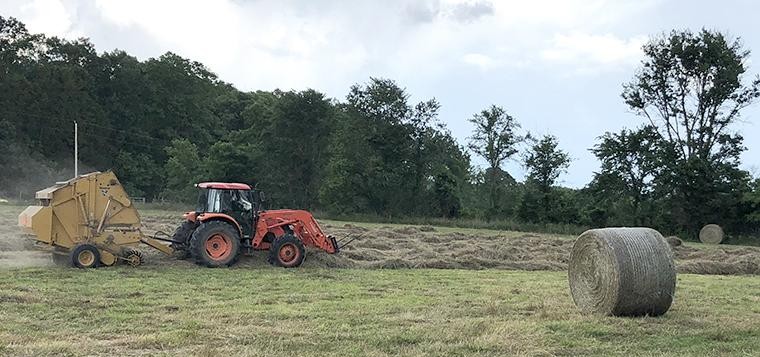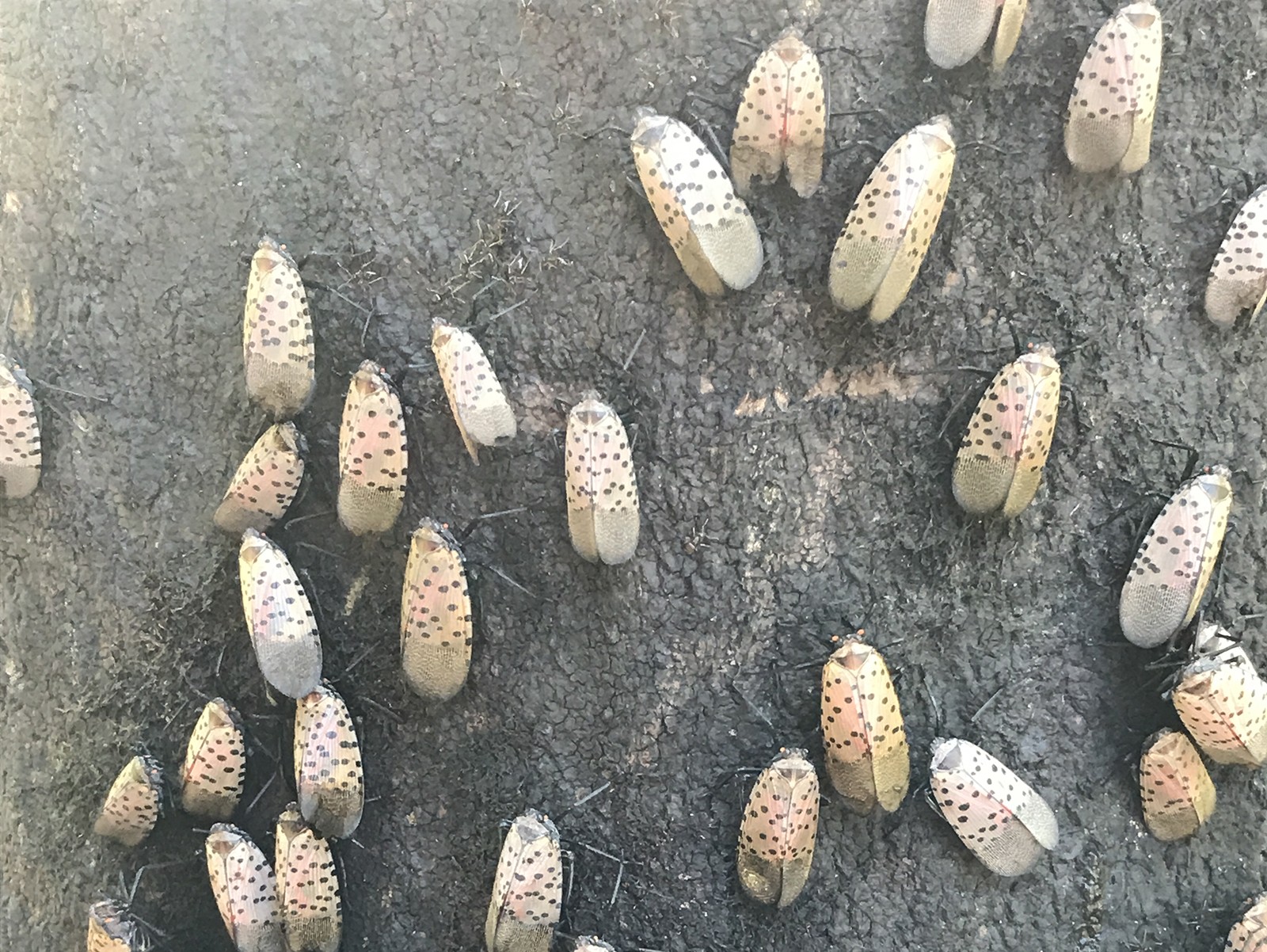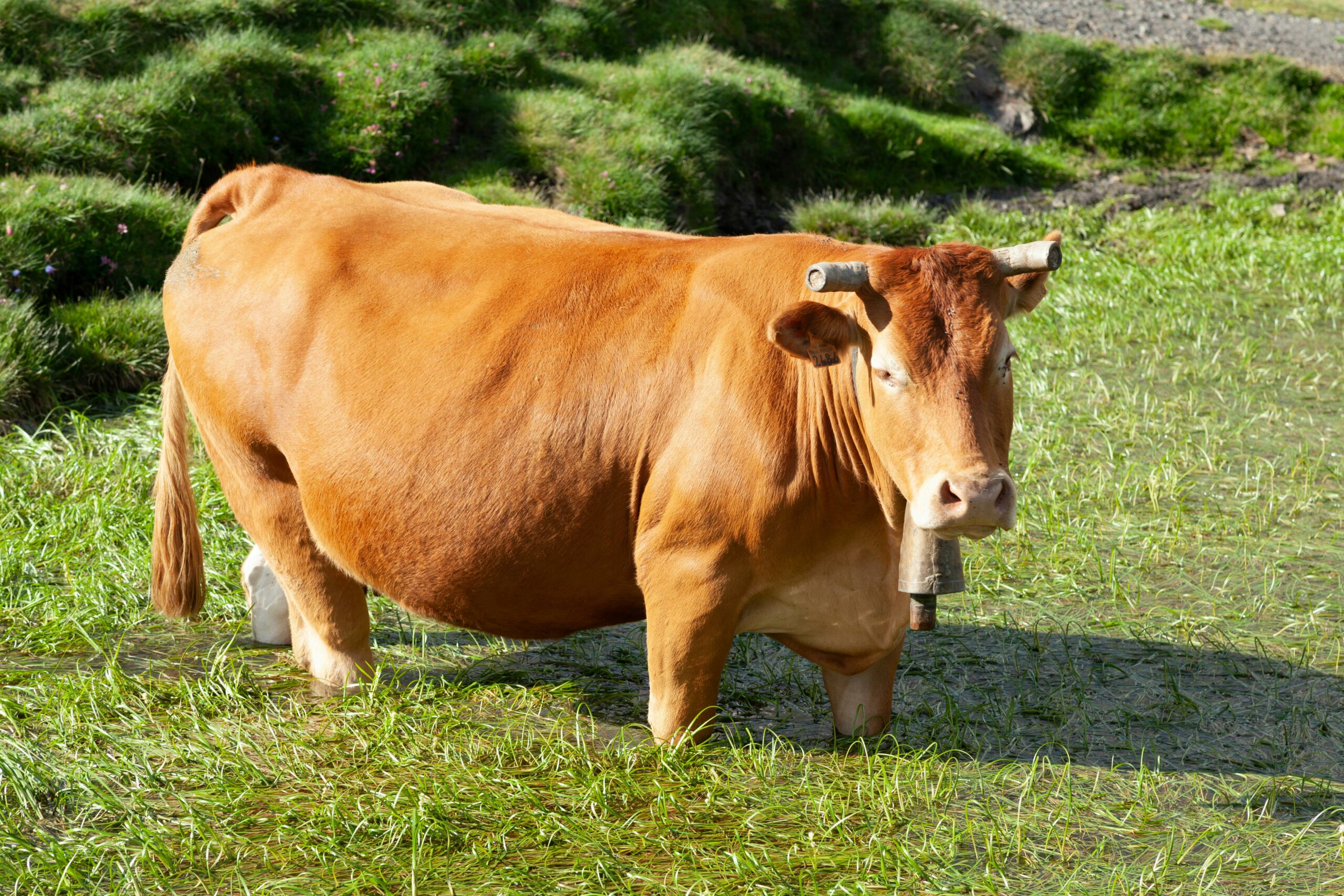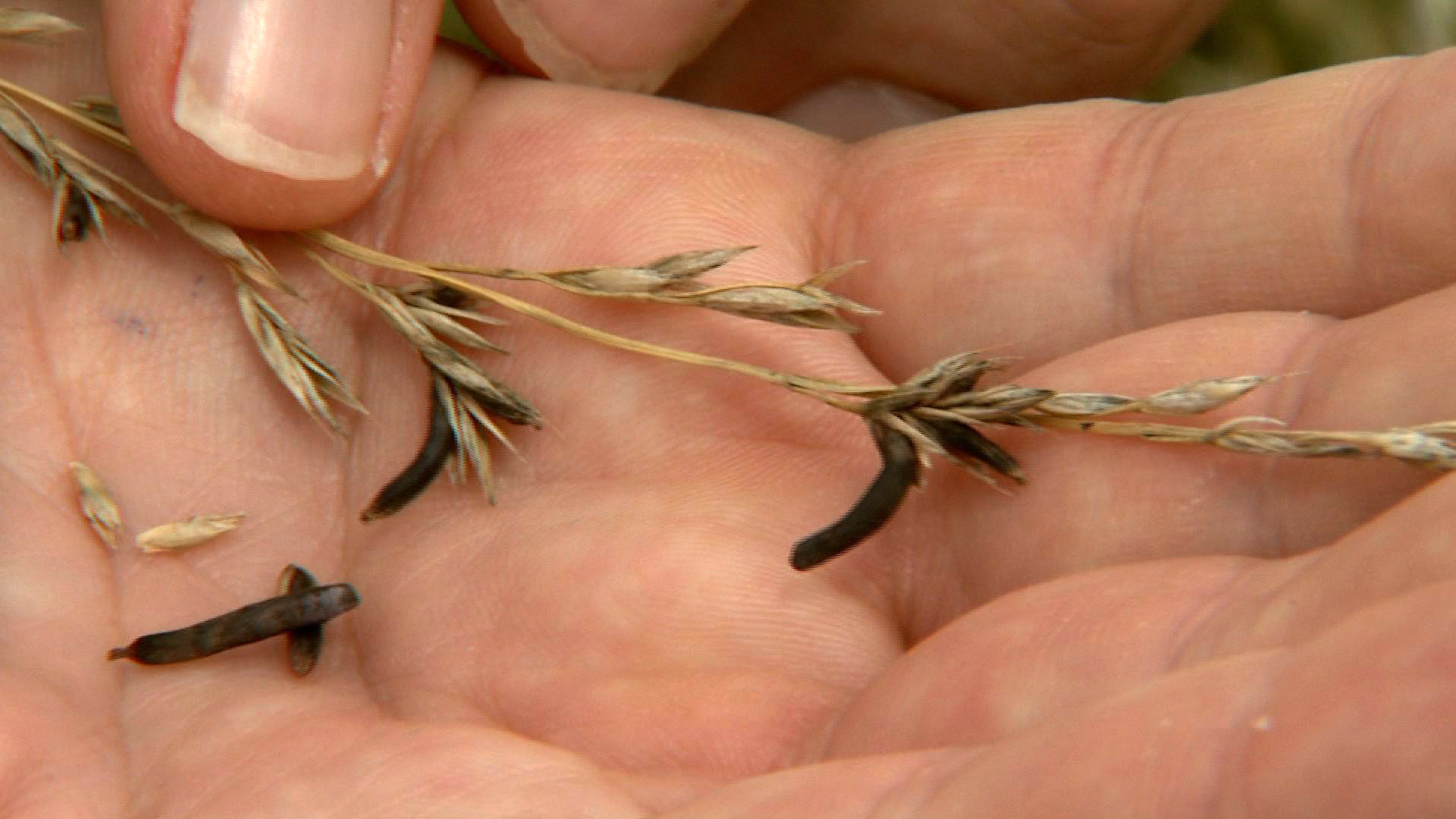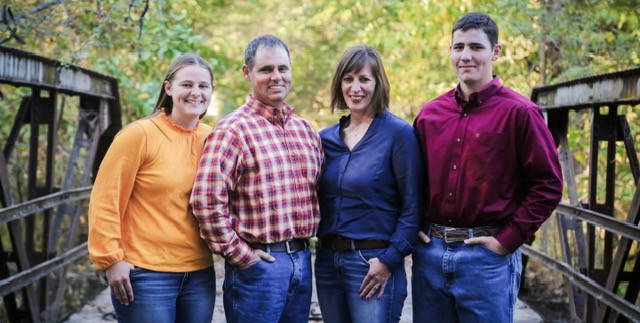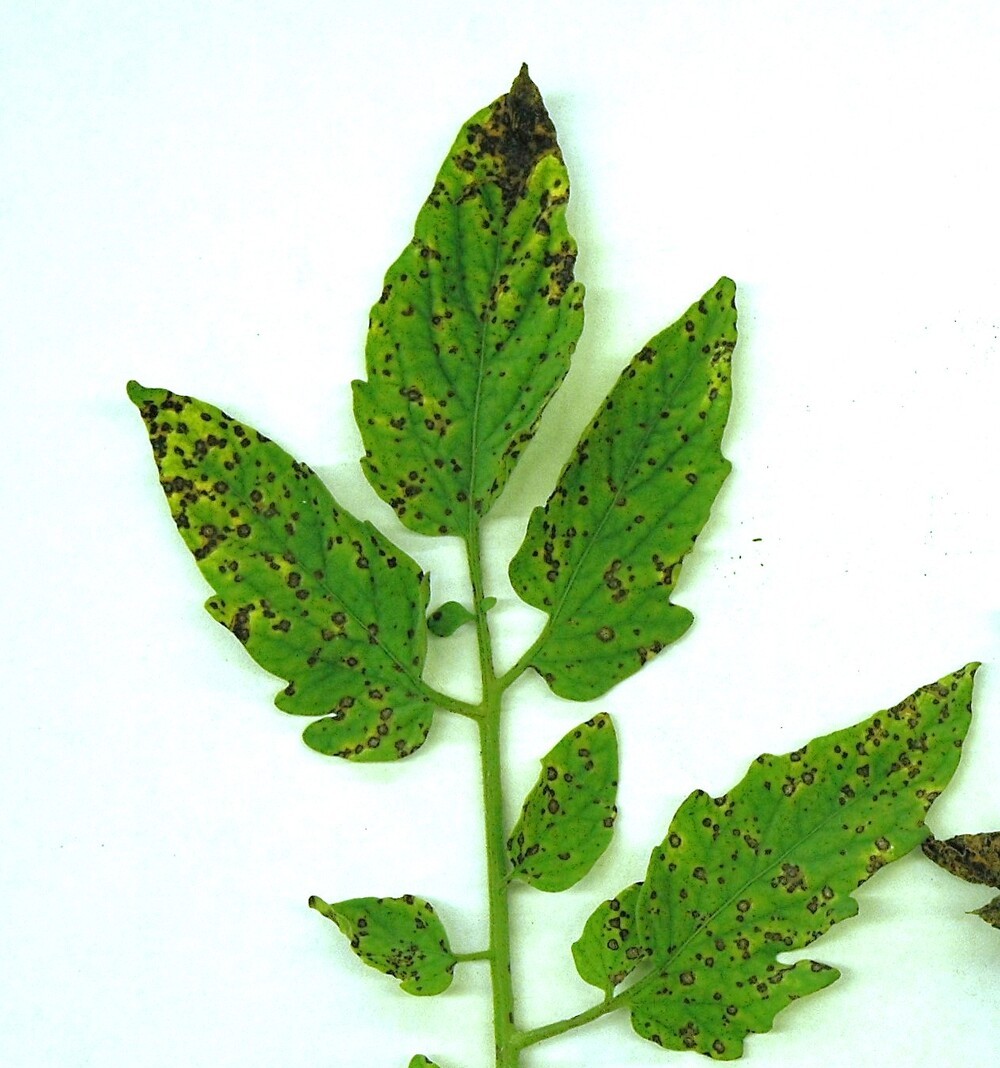MO. POTOSI. Rachel Hopkins, a field expert in agricultural business at the University of Missouri Extension, and her father gathered and wrapped wheat and clover baleage at their east-central Missouri farm in May.
She remembers her father saying, “When you get a chance, figure out what this feed cost us,” once everything was finished. Although Hopkins tracks the cost of the farm’s hay yield, she has never broken it down by field.
Why monitor feed expenses?
Hopkins stated in a press statement that while each operation is unique, it is crucial to understand the cost of stored feed. It makes a difference even if you’re only feeding your own animals.
Why? Because you will save time and money if you can purchase feed at a lower cost than you can produce it. She adds that time is money, as we are all aware. It is not excellent business practice to sell more hay at a loss whenever you do so.
Costs of baleage
During the winter, Hopkins and her father supplemented their cows with baleage rather than grain or feed tubs. They used the MU Extension Mixed Hay Budget, which calculates costs per acre, to determine the price.
This is how it works:
Production
- The 4 x4 bales weighed 1,100 pounds. The baler is equipped with scales.
- This equals 3.42 tons per acre and 6.21 bales per acre.
Costs of operations per acre
- Seed: $30
- Fertilizer: $31.71
- Herbicide: $10
- Custom hire and equipment rental: $95.80
- Fuel: $2.20
- Repairs: $8.96
- Labor: $37.99
- Interest: $9.21
$225.87 is the total operational cost.
Costs of ownership per acre
- Overhead: $5
- Machinery ownership: $14.05
- Land/real estate charge: $17.50
- Total ownership cost: $36.55
$262.42 is the total cost per acre.
According to Hopkins, that works out to $76.73 per ton or $42.25 each bale.
Hopkins will determine the price per pound of dry matter after they receive the results of the forage test. According to her, that will enable us to evaluate this baleage against alternative feed choices.
Hopkins believes the dry hay season is here, even if you’re not producing baleage.
Hay production requires a lot of time and money, so don’t be fooled by the high cattle prices that make it seem like money is growing on trees right now, she says.
To determine your production costs, enter your data into one of MU Extension’s Ag Business forage budgets. You can find them at http://muext.us/ForageBudgets or get in touch with the agricultural business specialist at MU Extension in your area.
You may determine the production costs of producing your own hay using basic math and MU Extension ag business forage budgeting. The image was provided by Rachel Hopkins.
